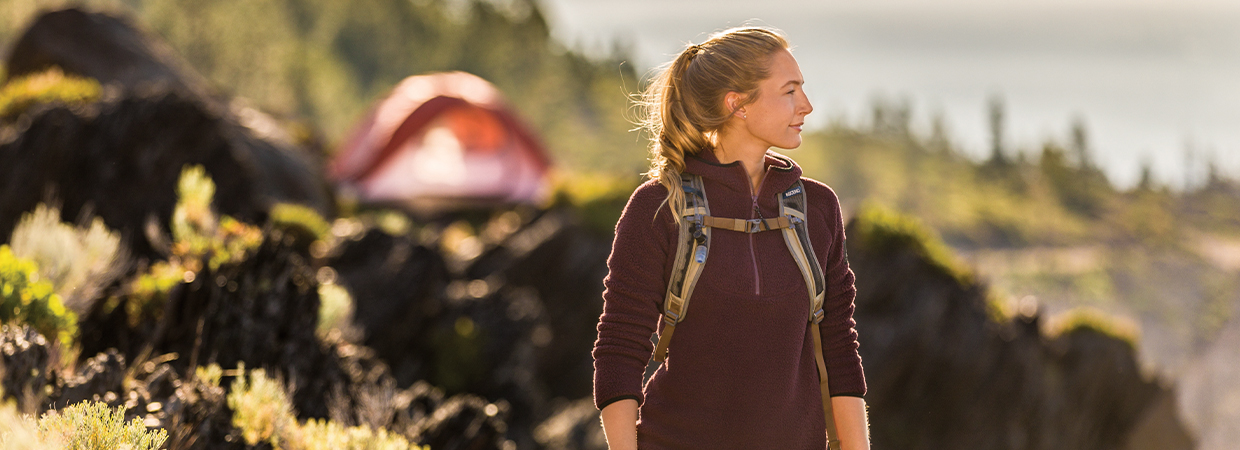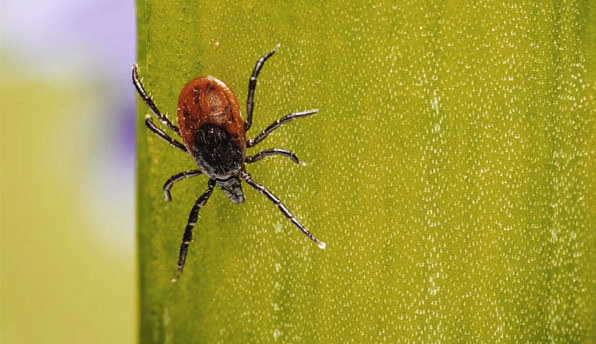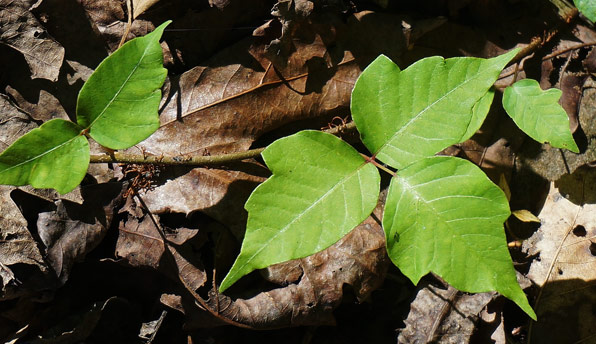SAFETY

Know Before You Go: Camping & Hiking Safety
A perfect outdoor excursion comes with good preparation. From bears to ticks, the outdoors can be dangerous if not prepared. Remember to pack the safety essentials even before pitching your tent or hitting the trail. At Bass Pro Shops and Cabela’s, we have you covered with the necessary gear, guides and expert tips for a safe and fun time in the outdoors.
Wildfire Safety Tips

Safety should be your top-most priority when camping in a wildfire prone area. Wildfires are hazardous and unpredictable, which is why it is essential to take necessary precautions.
Bear Safety

Bears may appear cute and cuddly, but they can pose a real danger to humans while enjoying the outdoors. There are several things you can do to minimize your risk of encountering a bear, including bear-proofing your campsite. Knowing what to do in case you come across a bear will help you save your life.
Beat Ticks with These Tricks

Ticks hang out in tall grasses.
Wear plain, light-coloured protective clothing, stay on the trail and check exposed skin frequently for ticks. Using insecticides or tick-repellant spray can be helpful and be sure to perform a check on your clothes, shoes, shoestrings, backpacks, camping gear and trekking poles before getting into your car.
Once home, put your washable gear on the hot water cycle. Ticks survive in moist environments, so ensure your clothing is dry before packing them up.
Pro-tip: Protect your bare skin by tucking your trousers into your socks and shoes.
How to treat a tick bite
You should be careful while treating a tick bite.
- Wear gloves and use a pair of clean tweezers to remove ticks.
- Place the tick in an airtight plastic bag filled with alcohol.
- Clean the affected area with rubbing alcohol or soap and warm water.
- Use an ice pack for 15-20 minutes to reduce the swelling.
- Place a thin cloth between the ice and your skin.
- Take antihistamines or itch-relief gels to reduce the swelling, itching and redness.
- Visit a doctor immediately to prevent severe infections.
How to remove ticks from your dogs
Don’t let the bad bugs bite! Here are a few ways to inspect your dog for ticks:
- Inspect your dog closely after spending a day camping or hiking.
- Run your hands along your dog to feel any small bumps or lumps and look for dark spots.
- If you find a tick, remove it using a pair of tweezers or a tick remover.
- After disposing of the tick, clean the affected area with an antiseptic.
- Clean the tools with rubbing alcohol. Visit your vet if you need help.
Pro-tip: Check under your dog’s collar, inside their ears, under legs, tail and between the toes for ticks.
Poison Ivy Education:
Identification, Symptoms, Prevention, Protection, Remedies
You can find Poison Ivy in all provinces of Canada except Newfoundland. It is a perennial plant that grows as a climbing or straggling woody vine on stony, sandy or rocky shores and sprouts in thickets, roadsides, in clearings and along the borders of wood.
Poison Ivy: Beyond the Basics
Identification
To identify poison ivy, remember, “leaves of three, leave them be.” Poison ivy and poison oak have three reddish-green or green leaflets per leaf with flowering branches on a single stem. Identifying poison ivy can be tricky depending on the season, region, growth cycle and climate. During autumn, these plants produce green or off-white fruits and sometimes black dots. For instance, in the east of the Rocky Mountains, poison ivy grows as a climbing vine and in the northern and western areas (in the United States), it grows as shrubs.
Symptoms and Effects
After encountering either poison ivy, poison oak or poison sumac, around 50% of people develop symptoms of poison ivy dermatitis.
Signs and symptoms include:
- Skin swelling
- Blisters
- Skin redness
- Intense itching
These symptoms develop within four hours to four days after exposure to urushiol (a resinous oil found in the leaves, roots and stems of poison ivy, poison sumac and poison oak).
Note: Poison ivy dermatitis is not contagious and cannot be passed from one person to another.
Rash Prevention and Protection
Your skin gets irritated if it encounters poisonous plants.
- Resin and oils can be carried on pets, clothing, and fingernails. Avoid it with protective clothing: long sleeves and pants.
- Wear heavy-duty vinyl gloves while gardening or doing yard work as the oil from the plants seep through rubber or latex gloves.
- Remove contaminated clothing immediately and wash under hot water with dishwashing liquid or soap. Hang the clothes outside for several days.
- Wash your entire body at least three times in hot or warm water while wiping in one direction only. It helps reduce irritation and remove oils.
Note: The Government of Canada recommends avoiding burning poison ivy. It releases poison into the air, and if inhaled, a severe reaction can happen.

Treatment and Remedies
Poison ivy dermatitis generally resolves in one to three weeks without treatment. However, treatment helps with any discomfort, itching, and soreness. The Academy of Dermatology Association recommends using:
- Calamine lotion or hydrocortisone cream.
- Applying cool compresses.
- Consider taking antihistamine pills to reduce itching.
- If the rash is infected, checking with a dermatologist or a doctor would be ideal.
Note: Avoid scratching to prevent infection and leave blisters alone.
Professional Help
See a doctor if you have the following:
- Difficulty in breathing.
- Have a temperature above 37.7 degrees Celsius or 100 degrees Fahrenheit.
- The rash is widespread and severe: spreads to your eyes, mouth, and genital area or covers more than 1/4th of your skin area.
- Pus, tenderness on the rash or soft yellow scabs.
Note: Avoid scratching to prevent infection and leave blisters alone.
The Camper’s Guide to Outsmarting Bugs, Wasps, Mosquitoes, and Insects

Camping should be immersive and not invasive. However, with insects, mosquitoes, wasps and ticks, it can turn a peaceful trip to a battle zone.
From Thermacell to bug sprays and insect repellants, here’s how you can keep the buzz away and enjoy your trip the way it was meant to be, itch-free and uninterrupted.
The key to any successful camping trip is planning and preparation. Be sure to create a checklist of the items you think you will need, so that once you’re out in the bush you can kick back, relax and enjoy.
Happy Camping!
